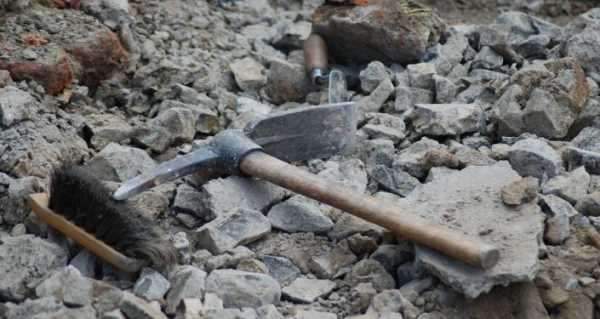
Last month, a study published in the peer-reviewed journal Scientific Reports detailed that 87 Neanderthal footprints were discovered in the southwest region of the Iberian Peninsula, or modern-day southern Spain. Researchers were able to determine the footprints belonged to at least 36 Neanderthal individuals: 11 children, 25 adults.
Eduardo Mayoral, the study’s lead author, revealed to Live Science that some of the 86 footprints discovered on Spain’s Matalascañas beach “could indicate an area of passage of very young individuals, as if they were playing or loitering on the shore of the nearby waterlogged area.”
Scientists believe the aforementioned “waterlogged area” could have been a watering hole of some kind along the shore.
“Probably the water would not have been fresh but somewhat brackish, since we have found evidence of sea salt crystals [halite] on the surface where the footprints are found,” the study lead detailed.
Researchers were also able to determine the footprints impressed on “fine to medium sandstone” can be traced back to the Upper Pleistocene period (some 106,000 years ago).
“The distribution of Neandertal tracks are outside the flooded area where the passage of large mammals and birds is located, and their orientation is mainly perpendicular to the shoreline,” the research concluded.
“Nobody recognized the existence of the hominid footprints at that time, which were only discovered by my team two months later, when we began to study the whole surface in detail,” he explained, noting the smaller footprints “appeared grouped in a chaotic arrangement.”
Sourse: sputniknews.com






